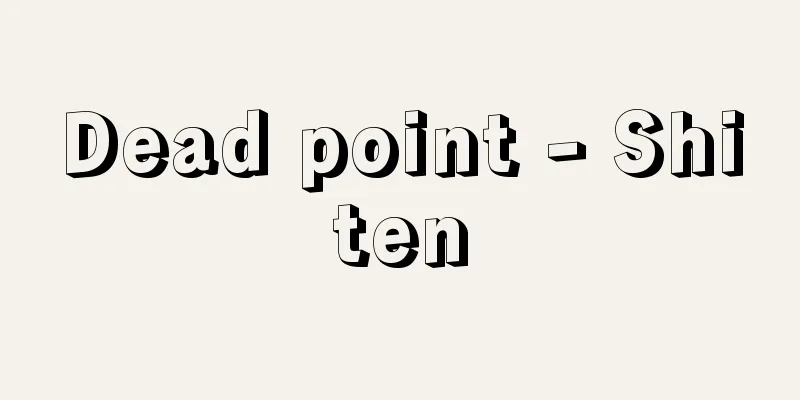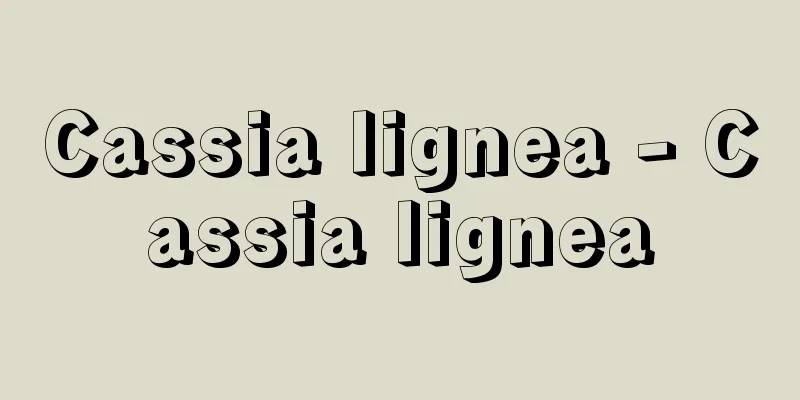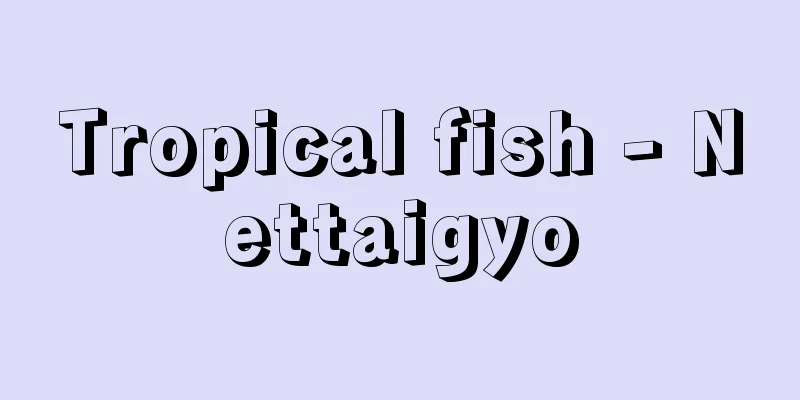Intentional - Koi

|
The intent to commit a crime. Also called criminal intent. Article 38, paragraph 1 of the Penal Code states, "An act without the intent to commit a crime shall not be punished. However, this does not apply when there are special provisions in the law." Intention is required in principle for something to be punishable as a crime, and negligent crimes are only punished exceptionally. Intention or negligence is also generally required as a requirement for a tort under the Civil Code. The content of intent in this case is no different from intent under the Penal Code. However, it is said that there is little practical benefit in distinguishing between intent and negligence under the Civil Code. Under modern law, in order to hold someone legally responsible, the individual must be found to have acted with intent or negligence. In particular, in the case of criminal liability, the perpetrator must be able to be held responsible and blamed for committing an illegal act, and the psychological element that allows this blame to be imposed is intent or negligence. Intention or negligence has traditionally been considered an element of responsibility, but there is also a strong view that it is not merely a matter of responsibility, but also an element of illegality and a constitutive element. In order for intent to be established, it is first necessary to recognize and accept (accept) the criminal facts. Criminal facts here refer to objective facts that meet the constituent elements of a crime, such as the act, the result, the causal relationship between the two, and the circumstances of the act. The perpetrator must not only recognize these facts, but also accept them (acceptance theory). Therefore, intent cannot be established not only when there is no awareness of the criminal facts, but also when there is awareness but no acceptance. Next, in addition to the recognition and admission of criminal facts, there is a difficult question of what kind of recognition or consciousness of illegality is required. In this regard, it is generally understood that even if there is recognition and admission of criminal facts, the intent is precluded if there is recognition of a fact that corresponds to a cause for precluding illegality (a cause for precluding illegality). Therefore, in the case of a mistake in a cause for precluding illegality, such as the so-called mistaken defense (when a counterattack is carried out based on a mistaken belief that there is an imminent and unlawful infringement when it does not exist objectively), the intent is precluded and at best, a negligent crime is established. Regarding whether or not consciousness of illegality, i.e., consciousness that one's own actions are illegal, is required for intent to be established, there are major conflicting theories, including the unnecessary theory (case law) that says it is not required, the strict intent theory that says it is required, the limited intent theory that says the possibility of it being sufficient, and the responsibility theory that interprets consciousness of illegality and its possibility as elements of responsibility separate and independent from intent. Intent can be broadly divided into definite intent, where the occurrence of a criminal fact is definitely recognized, and uncertain intent, where the occurrence is uncertain. Of these, uncertain intent can be divided into general intent (where the occurrence of a result is certain, but the objects and number of objects are uncertain), alternative intent (where it is not certain which of several objects the result will occur to), and imperfect intent (where the occurrence of a result is not definitely recognized, but its occurrence is accepted). Of these, the relationship between imperfect intent and conscious negligence is often an issue. Both are the same in that the occurrence of the result is uncertain, but the distinction is made based on whether or not it is accepted. [Tetsuro Nawa] [Reference items] | | |Source: Shogakukan Encyclopedia Nipponica About Encyclopedia Nipponica Information | Legend |
|
犯罪を犯す意思。犯意ともいう。刑法第38条1項は、「罪を犯す意思がない行為は、罰しない。ただし、法律に特別の規定がある場合は、この限りでない」と規定している。犯罪として処罰しうるためには原則として故意が必要であり、過失犯は例外的に処罰されるにすぎない。民法上も不法行為の要件として一般に故意または過失が必要とされる。この場合の故意の内容は刑法上の故意と異ならない。ただし民法上は故意または過失を区別する実益は少ないとされる。 近代法のもとでは、法的責任を問うためには、行為者個人に故意または過失が認められなければならない。とりわけ刑事責任においては、違法な行為を行ったことにつき行為者に責任非難を課しうる場合でなければならないが、この非難を課しうるための心理的要素が故意または過失である。故意または過失は、従来責任要素とされてきたが、単に責任の問題にとどまらず、違法要素であり、構成要件要素でもあるという見解も有力である。 ところで、故意が認められるためには、まず、犯罪事実の認識および認容(容認)が必要である。ここに犯罪事実とは、行為、結果および両者の因果関係、行為の状況といった構成要件に該当する客観的事実をいう。これらの事実につき、行為者が認識するにとどまらず、これを認容することを要する(認容説)。したがって、当該犯罪事実につき認識がない場合はもとより、この認識はあるが認容がなければ故意は成立しない。 次に、犯罪事実の認識・認容のほか、違法性に関しどのような認識または意識を要するかにつき困難な問題がある。この点に関して、犯罪事実の認識・認容があっても、違法阻却事由(違法性阻却事由)にあたる事実を認識している場合には故意が阻却されるものと一般に解されている。したがって、いわゆる誤想防衛(客観的には急迫不正の侵害が存在しないのにこれがあるものと誤認して反撃行為を行う場合)など違法阻却事由の錯誤においては故意が阻却され、せいぜい過失犯が成立するにとどまる。故意が成立するためには違法性の意識、すなわち自らの行為が違法であるという意識を要するか否かについては、これを要しないとする不要説(判例)、これを要するとする厳格故意説、その可能性で足りるとする制限故意説のほか、違法性の意識やその可能性は故意とは別個独立の責任要素であると解する責任説が大きく対立している。 なお故意には、大きく分けて、犯罪事実の発生を確定的に認識する確定故意と、これを不確定なものとして認識する不確定故意とがある。このうち、不確定故意には、概括的故意(結果発生は確実であるが、その客体や個数が不確定である場合)、択一的故意(数個の客体のうち、いずれに結果が発生するか確定していない場合)、未必の故意(結果の発生を確定的に認識していないが、その発生を容認している場合)がある。このうち、未必の故意と認識のある過失との関係がしばしば問題になる。これはいずれも結果発生を不確実認識している点では同じであるが、それを認容しているか否かにより区別される。 [名和鐵郎] [参照項目] | | |出典 小学館 日本大百科全書(ニッポニカ)日本大百科全書(ニッポニカ)について 情報 | 凡例 |
<<: Hu Wei - Koi (English spelling)
Recommend
Gas Hydrate
...One category is renewable sources, such as bio...
vitreous detachment
…Pathological conditions are caused by retinal br...
CCS (Coal) (English name) CCS
...If fluidization becomes widespread, the struct...
Upper Saxony - Obersachsen
...Historically, the former roughly corresponds t...
Pack carburizing
...Steel made by carburizing is called case-harde...
Guido Joanne
...It is a thick, small book with a dark blue har...
Lanternfish - Naked sardine (English spelling)
A general term for the Myctophiidae family of the...
Alfure
...The name that Indonesians generally use to ref...
Christian Goldbach
1690‐1764 Mathematician born in Königsberg, Prussi...
Amehata Inkstone
These high-quality inkstones are produced in Fujik...
Methyl alcohol
Also called methanol or wood alcohol. Chemical for...
Yunnan problem - Unnanmondai (English spelling) Yun-nan; Yün-nan
A diplomatic dispute between Britain and the Qing ...
Gorizia (English spelling)
Gorica in Slovenian. Capital of Gorizia Province, ...
Speech recognition - onseininshiki (English)
A technology that outputs the contents of speech b...
Zenhanren - Zenhanren
Abbreviation for "National Federation of Agri...









